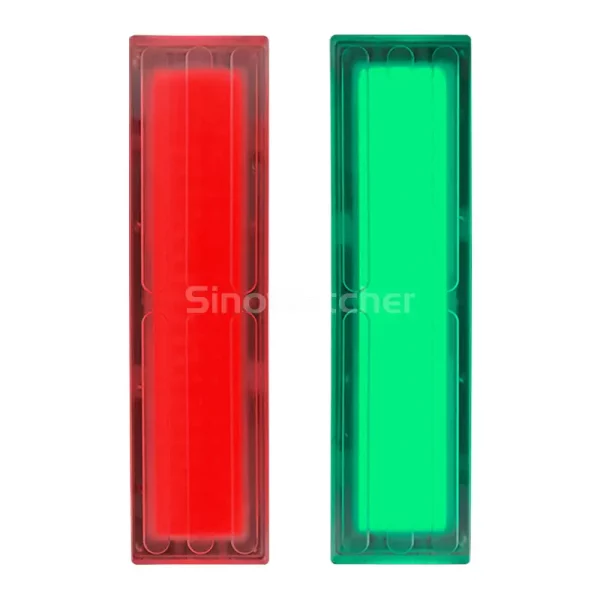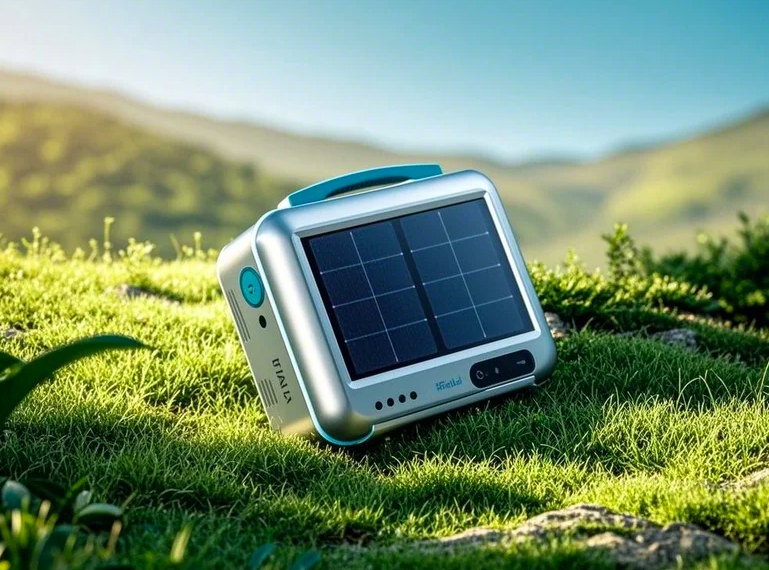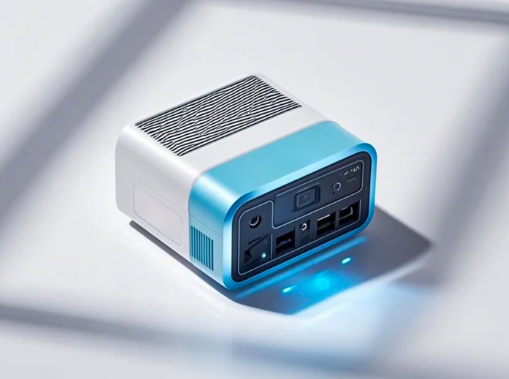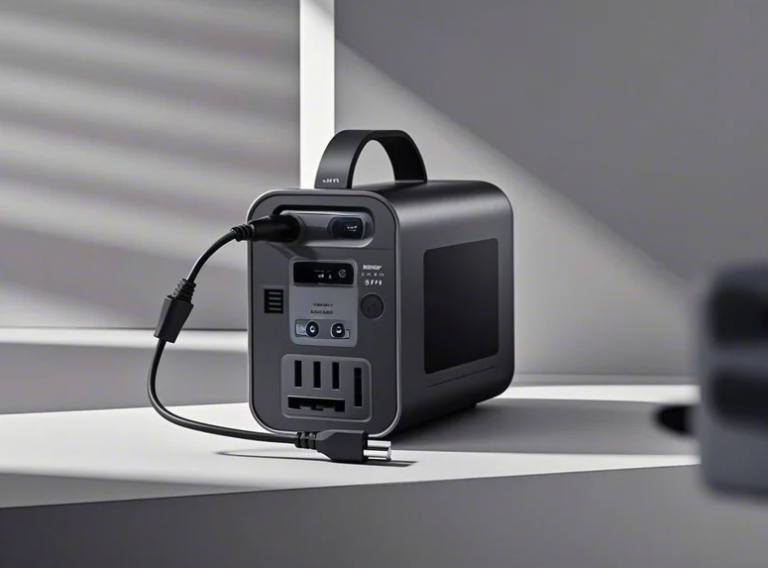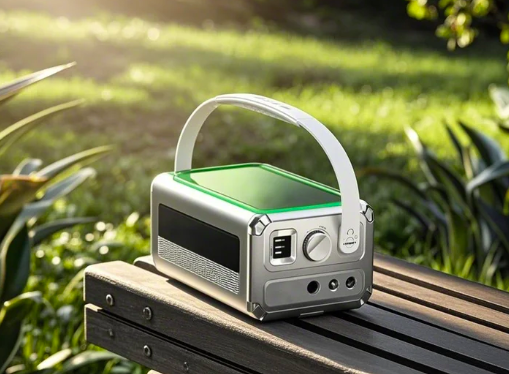Table of Contents
Clothing tags provide customers with the legally required information, promote brands and bring customers back. The material used to make clothing tags is an important consideration. While plastic tags are great, many apparel manufacturers prefer fabric clothing tags.
In this post, we are going to shed light on the top 5 fabrics used to manufacture fabric tags. Hopefully, you will find answers to some of your nagging questions here, and be able to make an informed decision.
What Fabrics Are Used in Fabric Clothing Tags?
some widely used materials for manufacturing clothing tags include paper, metal, plastic, tea cortex, and fabrics. When it comes to manufacturing fabric tags, which are growing in popularity, several different types of fabrics are used. Here are some fabrics that often used as the primary materials for manufacturing fabric tags:
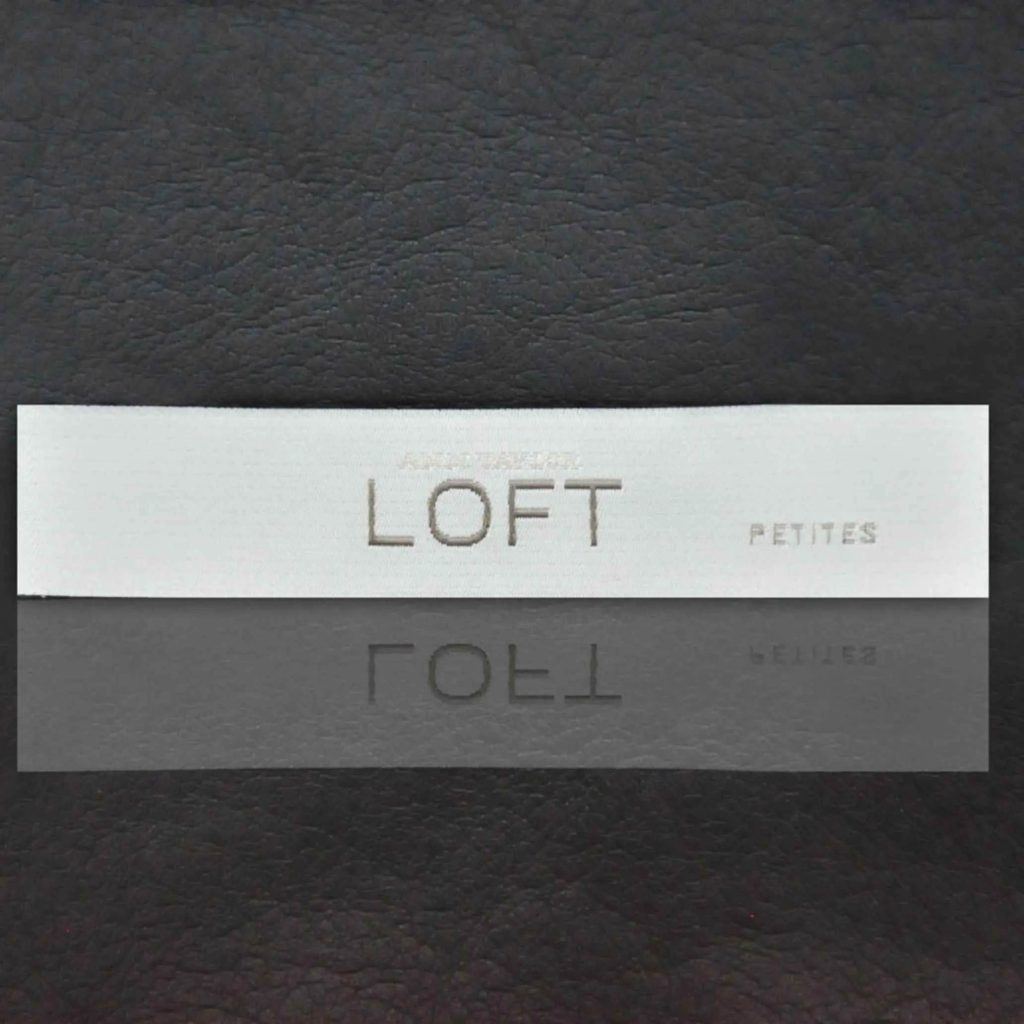
1. Cotton
Cotton is one of the most widely used fabrics for manufacturing fabric clothing tags. It is waterproof, hypoallergenic, and soft to the touch. Tags made from this versatile material are soft yet durable. Cotton has long fiber, which is suitable for spinning fine yarn. Clothing tags made of fine yarn are remarkably strong and durable.
2. Linen
Linen is a smooth and elastic material that comes from flax plants, which are cultivated all over the world. Due to its sustainability and versatility, this fabric is a go-to material for manufacturers of fabric clothing tags. Linen cloths grow in popularity during summer, and tags made of linen are mostly used with linen cloths. Tags made from linen are visually appealing.
3. Wool
Wool comes in many different qualities. Andl for manufacturing tags, high-quality wool is usually used. You can check the quality of woolen tags by examining the individual wool fiber and its diameter. Wool is biodegradable, and that’s part of the reason why environmentally-conscious manufacturers and consumers show interest in this fiber.
4. Denim
Denim is not a commonly used material for tags. When a rugged look is required, denim serves the purpose pretty well. Fabric clothing tags made of denim look very fashionable. In general, high-quality cotton is used to weave denim. Denim tags are used with jeans and other tough-looking clothes.
5. Satin
Shiny and soft satin polyester threads are often used to make tags for soft clothes, particularly for babies. Satin fabric is available in limited colors, so it’s used as the background of tags. For the text and design, damask threads are used. Satin tags look pretty luxurious and go very well with vintage-style cloths.
Satin is not a natural fiber, it’s a polyester-based material. That’s why satin is also used to make clothing labels that need to withstand many washing cycles. These labels can be printed or woven. Woven labels are more durable and visually appealing.
Final Thoughts on Fabric Clothing Tags
As per the recent consumer trends, clothing tags should have simple, minimalistic designs. In terms of visual appeal and the ability to convey a sense of sophistication, woven fabric tags definitely have an edge over printed ones.
While it’s important to pay attention to trends, it’s not a good idea to incorporate all trends in clothing tags. It all comes down to finding a striking combination of fabric, color, design and font.
0

